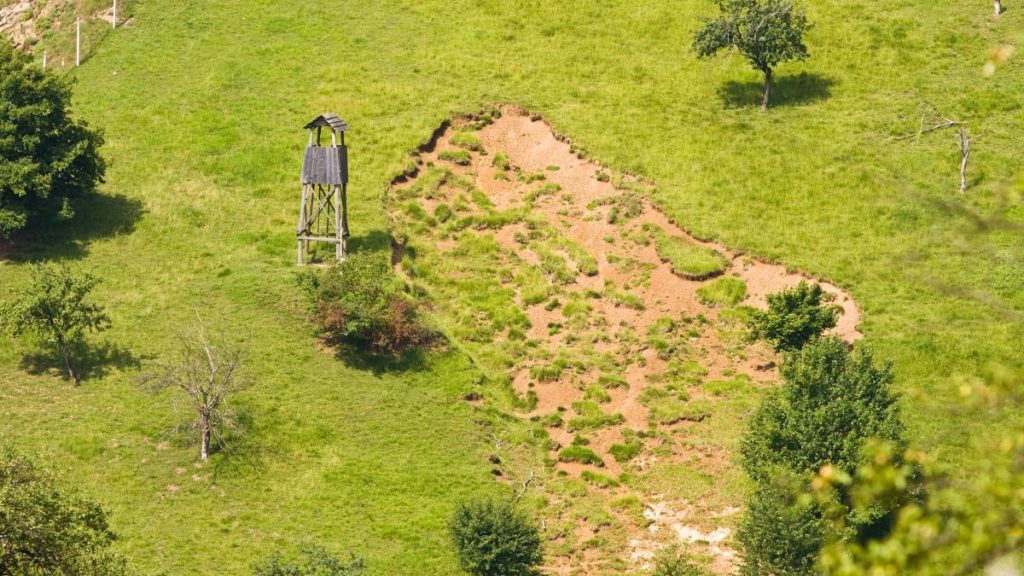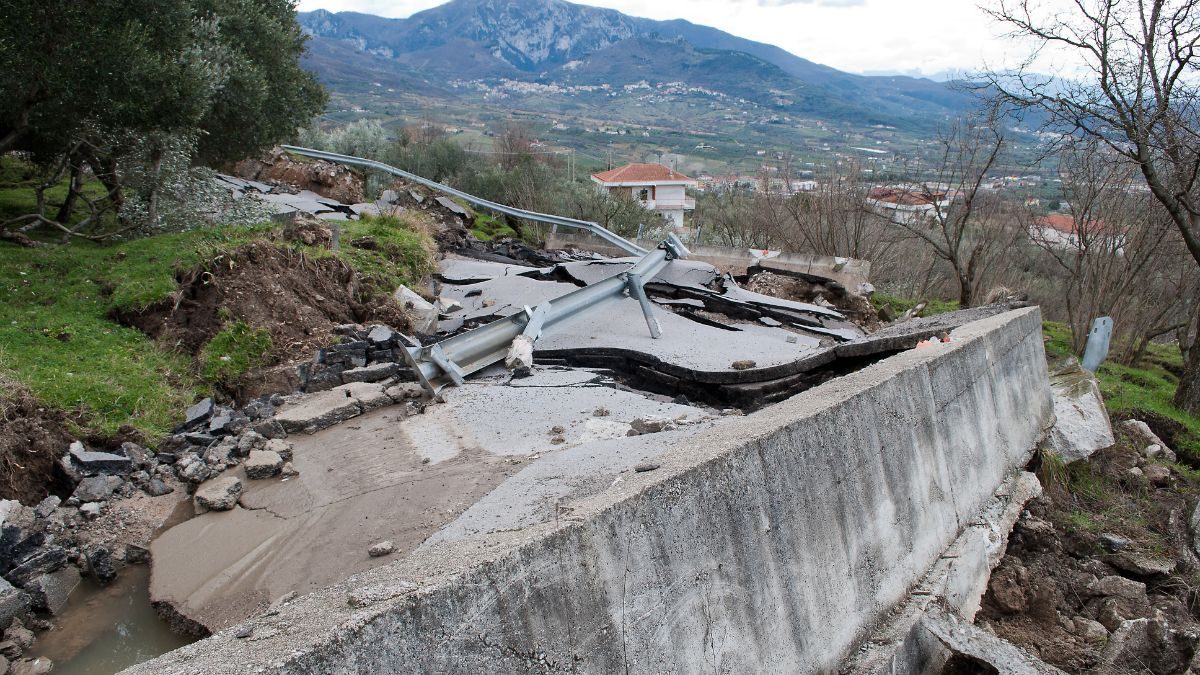What is ‘safety’ in soil and rock mechanics?
Any geologist or civil engineer, entering an engineering environment will very quickly be faced with the concept of a ‘factor of safety’.
The term itself represents an attempt to draw a strict line of demarcation between a state of incipient failure and a state of absolute safety. The factor of safety for a foundation, a deep excavation, or a slope will usually be defined as the ratio of the total force resisting failure to the total deforming force attempting to produce failure. In most cases, these forces will be shear forces and at critical equilibrium the factor of safety is unity. This implies that the resisting shear forces are just able to balance the deforming shear forces.
As the factor of safety increases above unity, the rather unlikely concept of ‘degree of safety’ is invoked, but it is really only a statement of the extent to which the deforming forces would have to be increased with respect to the natural shear resistance of the geological material before failure would ensue.

Nevertheless, it so happens that any natural system can never be 100 per cent safe and an alternative evaluation of stability would hinge upon the probability of failure as assessed using probabilistic methods of analysis. Unfortunately, the many interactive variables in any ground engineering problem render not only the solutions but also the problem specification difficult. In any case, a designer would much prefer to think in terms of a factor of safety of, say, between 1.5 and 2 than perhaps a probability of failure of 10-3 per cent.
Suppose that the factor of safety concept is considered to be the most appropriate for design purposes. There will be a number of variables, the magnitude of each variable having a range of uncertainty within the limits of the design problem. It may well be found that quite large variations in the magnitude of one of the variables will not influence the factor of safety significantly when all the other variables are held constant. On the other hand, small changes in one of the other variables may cause a dramatic swing in the factor of safety. A serious stability study will therefore require prior information on the amplitude distribution of each variable together with an iterative solution facility. In this manner, the sensitivity of each variable is expressed as the rate of change of the factor of safety with respect to that variable.
A question which persistently arises in ground stability design concerns the allocation of shear strength parameters, cohesion and friction, to the ground material and the calculation of a factor of safety based on those shear strength parameter values. The choice of these values may be statistically conditioned, or more usually it will be based on the experience of the engineer through a process of deductive reasoning and elimination. One approach that may be used involves taking the ratio of both shear strength parameters with respect to calculated factors of safety.
The relationship between c and tan φ for F = 1 will take the form of a straight line having a different negative slope for different values of the pore pressure ratio r u (Bishop, 1955; Bishop and Morgenstern, 1960). Extreme values of c and tan ¢ as tan φ and c respectively tend to zero would usually be determined by extrapolation rather than by direct calculation due to a possible sensitivity in the relationship under these conditions. Having determined maximum values for both c and tan φ it is then possible to enter these in the Coulomb equation in order to recompute a range of shear strengths for different input normal stresses. The whole operation can then be repeated for a different series of c, tan φ values derived for the same material at different locations, and from a best fit line to the points plotted in the T, an plane, two final c, φ shear strength parameters may be derived.

Implicit in the above argument is the notion that the factor of safety of a slope with respect to shear is intimately controlled by the shear strength parameters. Obviously, this must be correct, but it is also apparent that the slope geometry and its possible interaction with geological structure exerts at least as strong a control on the eventual stability. It also happens to be the case that cohesion is a more sensitive parameter than the friction angle and more sensitive even in some instances than the pore water pressure. An increase in water table height (c ‘ , φ’ constant) above a slip surface may reduce the factor of safety rather less than would the erosion of cohesive contact between the fixed and the moving mass. In the stability analysis of a jointed rock mass, there is always the temptation to ignore a small cohesive contribution to the total shear strength and to analyse solely on the basis of surface friction. This may lead to an excessively conservative estimate of potential hazard, as reflected by too Iowa factor of safety.

